The city of London, Ont. is undergoing a residential growth spurt, leading to major intensification downtown as well as in certain higher density suburban zones.
More than a dozen new mixed-use and conversion projects have been proposed, are in site plan approval, or are being built in the downtown core, of a quantity and scale that will see a visual change to the city centre’s profile in the next few years.
Most of the growth is taking place in what has generally been a robust downtown, though some of the flavour will be changing.
Traditionally a regional headquarters for banking, finance and insurance, the city, like others in the wake of COVID-19, has seen an outflux of desk workers and emptying of offices.
Now, many of those buildings are being converted to residential. But there is also an entirely new infilling taking place and on a transformative scale.
“We’re now looking at well over 5,500 residential units that will be coming downtown over the next one to five years,” Barbara Maly, CEO of Downtown London says. “Many of these are mixed-use developments. There’s some aspect of commercial space that will be available. A number would be on the main floor but some of them will have a floor or two of office and residential above.”
A case in point is Toronto-based Bellridge Capital’s dual 40 and 45 storey skyscrapers at 267 York St., about as central as you can get. The investor already owns Citi Plaza mall across the street and the towers would go up on a parking lot just east of the city’s Via Rail station.
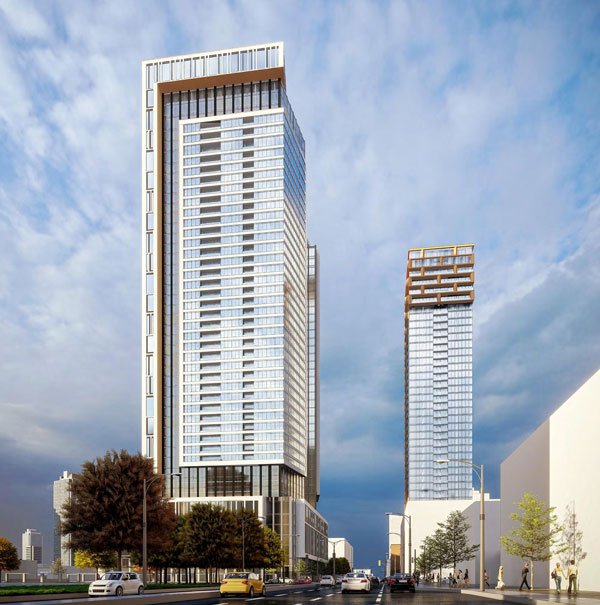
The buildings would offer just over 1,000 residential spaces and be grounded by a six-storey podium.
Bellridge didn’t respond to requests for comment, but Maly says it’s indicative of developers homing in on less developed nodes.
“I think what we’re seeing is a lot of opportunity here,” she said. “We’re seeing the development community really looking at properties, such as the property at 267 York St., and seeing that underutilized space and there could be a lot of opportunity to bring those to fruition.”
On the conversion side, there is the 1960s-era former Rexall building at the corner of Dundas and Richmond Streets on the downtown’s northwest side across from teeming Covent Garden Market and Fanshaw College’s downtown campus.
Mississauga-based Maas Group is converting the six-storey from dormant offices to 14 residences.
“We believe in the city’s vision for the core area and the transformation of Dundas Place, and we are honoured to participate in the revitalization of this heritage building and bring new life to this underutilized property,” Maas president Samir Jan said in a statement.
Also notable is that the project is the first to receive more than $400,000 in municipal funding from a $10 million pool to convert offices. The money comes from the federal government’s housing accelerator fund of which London received $74 million.
The city is entertaining similar applications for a downtown of about 30 per cent post-COVID vacancy.
A third property is London-based Sifton Properties’ 195 Dufferin St. where the eight-storey former office building is being converted to 94 units with 40 per cent affordable housing. The building is owned by the Anglican diocese and a non-profit will manage it. Sifton said it’s up to the challenge of converting offices to apartments, often problematic because of large floorplates that limit window access and lower ceilings.
Then there’s London-based York Developments’ $350 million dual towers, more than 40 storeys each, that will create 800 apartments at 50 King St. The west side project borders the Thames River.
President Ali Soufan called it “New York-style architecture with a back-to-the river feel.”
There are similar scaled projects: Old Oak Properties’ 40-storey tower on Fullarton Street, Centro’s development on the former Camden Terrace site and Farhi Holdings’ 40-storey tower.
Maly calls the developments “transformative” changing the core’s complexion from predominantly commercial to more community oriented.
“Downtown isn’t only a place to visit or come and shop or come and see a hockey game or come to a festival or event,” she said. “It’s actually turning into a neighbourhood.”
But not all the highrise action is taking place downtown. On London’s southwest and northwest flanks major residential is springing up.
On the west side at Oxford Street and Wonderland Road there’s York’s 33-storey twin towers on a former Sears site, now with city hall preliminary committee approval, and York’s nearby 25-storey tower up Wonderland Road, also infill.
This node is slated for more intensification, but traffic is a key concern. Ironically, a Bus Rapid Transit line was nixed in 2019.
London City Coun. Corrine Rahman says an ongoing mobility master plan includes “transit villages” where bus access is easy and it’s possible BRT might be brought back.
The issue, she says, is “how do we now ensure that we have adequate transit in the north and the west when we see that development happening.”


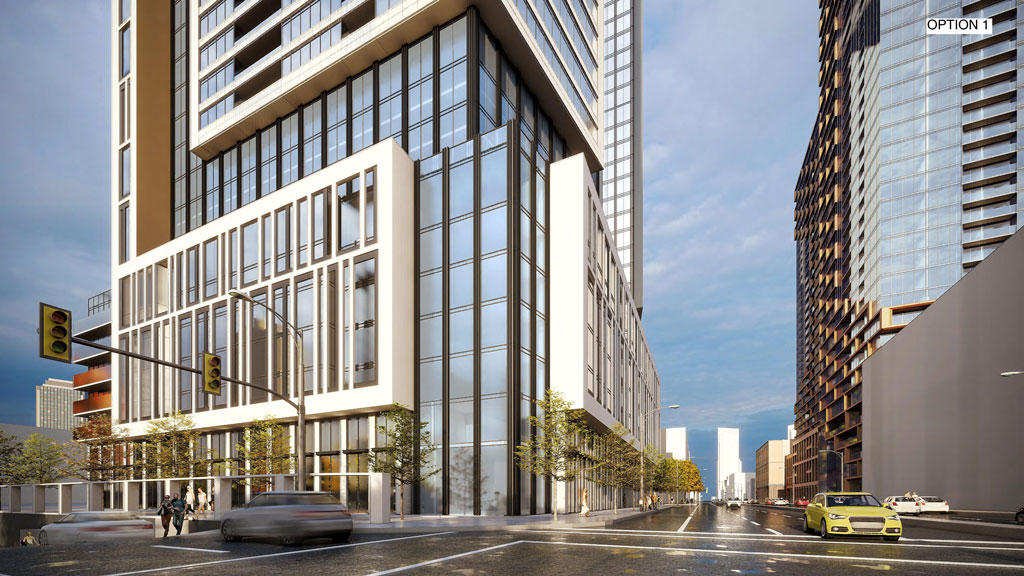

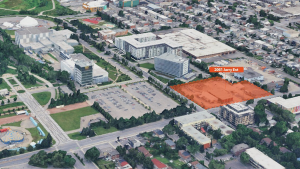
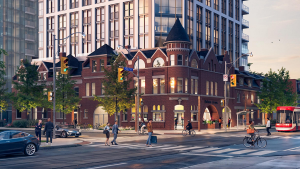
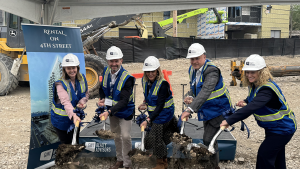
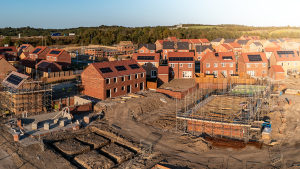
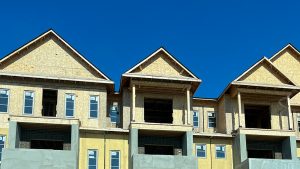

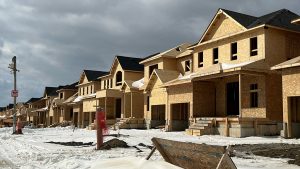
Recent Comments